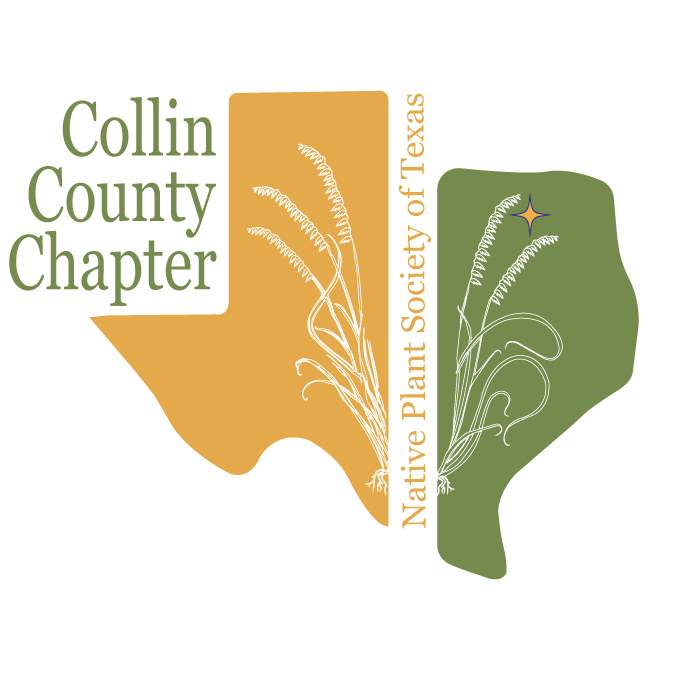September 12 @ 7:00 pm – 8:30 pm
Join NPSOT-Williamson County on Thursday, September 12, 2024, when our featured topic will be “Rediscovering the MoKan Prairie” with Ashley Landry.
Free and open to the public. The meeting begins at 7:00 PM. Our guest speaker’s presentation begins after a short business meeting.
This month’s guest presentation will NOT be recorded for our YouTube channel.
About our topic: This presentation will tell the story of the forgotten MoKan Prairie of Williamson County. This prairie was the “crown jewel” of our Central Texas prairies, and you’ll hear the dramatic (but ultimately futile) account of the efforts to protect it. We’ll also explore some of the special MoKan Prairie plants and our efforts to save those plant genetics through seed collecting and plant salvage.
About our speaker: Ashley Landry is a Texas Master Naturalist, a member of the Native Plant Society of Texas, and the founder of the Native Plant Rescue Project. She has been featured in Wildflower magazine, The Austin Chronicle, Central Texas Gardener and the Liberty Hill Independent. She is an avid iNaturalist user and enjoys spending her free time botanizing.
NOTE: this month’s in-person location is the Georgetown Parks & Rec Administration Building, 1101 N College St, Georgetown, Texas 78626.
The link to register on Zoom is below.
The original meeting announcement is here on the Williamson County Chapter’s blog page.
Related Events
-
No Meeting, Happy Holidays!
December 9






